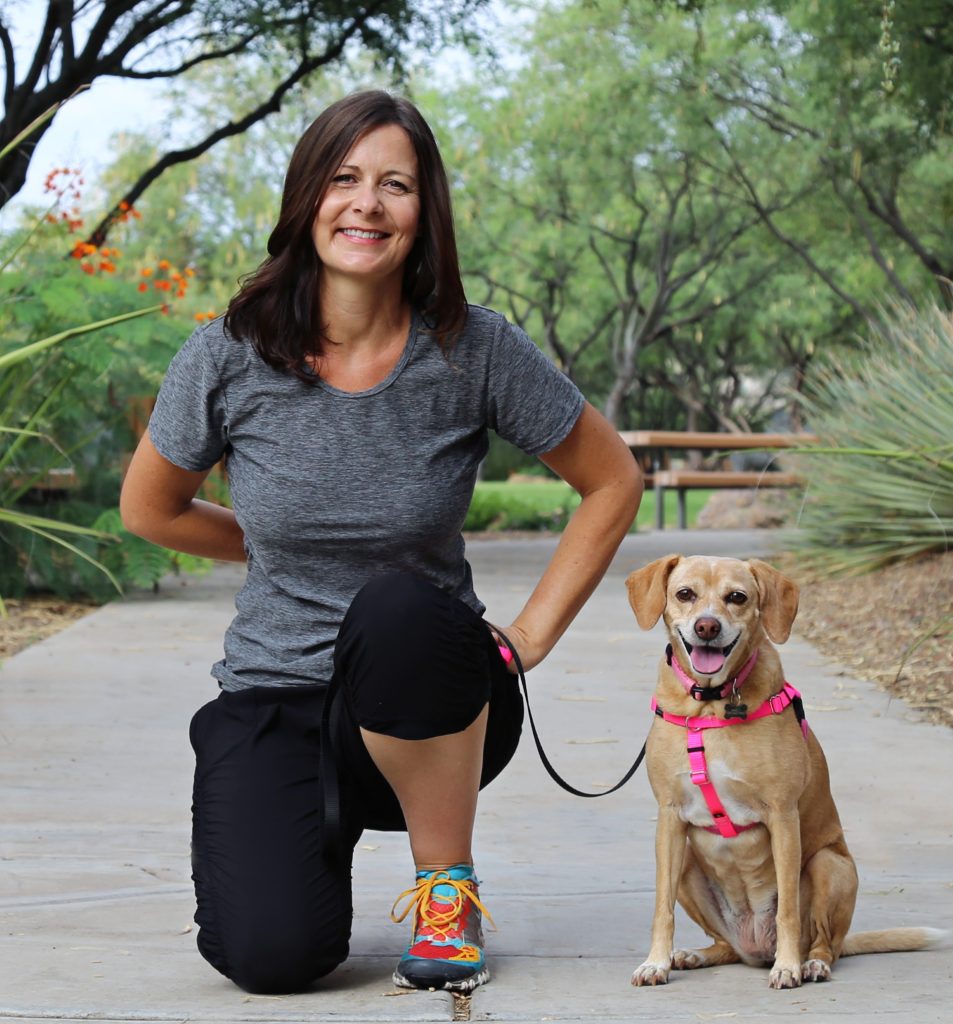Pets and Their People Blog
Benefits of Force-Free Dog Training
Dog training is essential to pet ownership, shaping your dog’s behavior, enhancing communication, and ensuring their well-being. Training without aversives (force-free) focuses on positive reinforcement and promotes trust, confidence, and consistent behavior without the risk of causing harm or distress to our dogs.
Strengthened Trust and Bond

(Photo by Jaroslaw Knapek on Unsplash)
- Positive experiences: Without aversives (choke, prong, shock, etc.), dogs learn to associate their handlers with positive experiences, strengthening their bond and trust.
- Confidence building: Dogs trained with force-free methods tend to be more confident and less fearful.
Reduced Behavioral Issues
- Minimized aggression: Without the fear of punishment, dogs are less likely to develop aggressive or fear-based behaviors to defend themselves.
- Consistent results: Positive reinforcement provides clear and consistent feedback, often leading to more reliable behavior.
Ethical Considerations
- Low-stress training: Force-free methods create a low-stress learning environment, promoting overall well-being and happiness for the dog and the training team.
- Ethical approach: Force-free methods are preferred for their humane and ethical treatment of animals.
Trainer Transparency
Transparency about training methods often reveals a trainer’s commitment to force-free methods and is critical when hiring a dog trainer for several key reasons:
★Ensuring humane treatment: Knowing the training methods helps ensure that the techniques used are humane and do not cause harm or distress to the dog. Some methods can be aversive or punitive, leading to fear, anxiety, and even aggression.
★Alignment with values: Dog families may have strong beliefs about how their pets should be treated. Transparency allows them to choose a trainer whose methods align with their values and principles.
★Safety: Some training techniques can pose physical risks to dogs. Transparency ensures that dog families can make informed decisions about the safety of the methods used.
★Informed decision-making: Transparency provides dog families with the information they need to make educated choices about who to hire. They can compare different trainers and methods to select the best fit for their dog. Open communication about training methods builds trust between the trainer and client. It reassures the dog family that the trainer is knowledgeable, ethical, and has their dog’s best interests at heart.
★Effectiveness: Evidence suggests that positive reinforcement (without corrections) leads to faster, more reliable behavior change and better overall welfare for the animal. Knowing what to expect from the training process also helps handlers feel more confident and comfortable, leading to better cooperation and a more successful training outcome for dogs and their people.
★Legal and ethical accountability: Transparency ensures that trainers are accountable for their methods. If something goes wrong, it’s clear what techniques were used, making it easier to address any issues or concerns.
Supporting Positive Outcomes
Clear communication about training methods prevents misunderstandings between the trainer and the client. It sets clear expectations for both parties.
When evaluating a potential trainer, it’s crucial to ask direct yes-or-no questions to understand their methods clearly. For instance, inquire, “Do you use leash corrections in your training?” or “Do you use prong or slip chains or leads?” or “Do you use electronic collars that shock, vibrate, or beep?” If the trainer responds with a convoluted explanation instead of a straightforward yes or no, consider it a red flag. Transparency is key, and a lack of it should make you cautious.

About the Author
Kim Silver PCT-A, KPA CTP, CBATI-KSA, LFDM is the owner and head trainer at Building Bonds in Tucson, Arizona. Kim specializes in leash reactivity, aggression, and fearful dogs and loves teaching puppies and their people. You can reach her by visiting https://buildingbondstraining.com/

